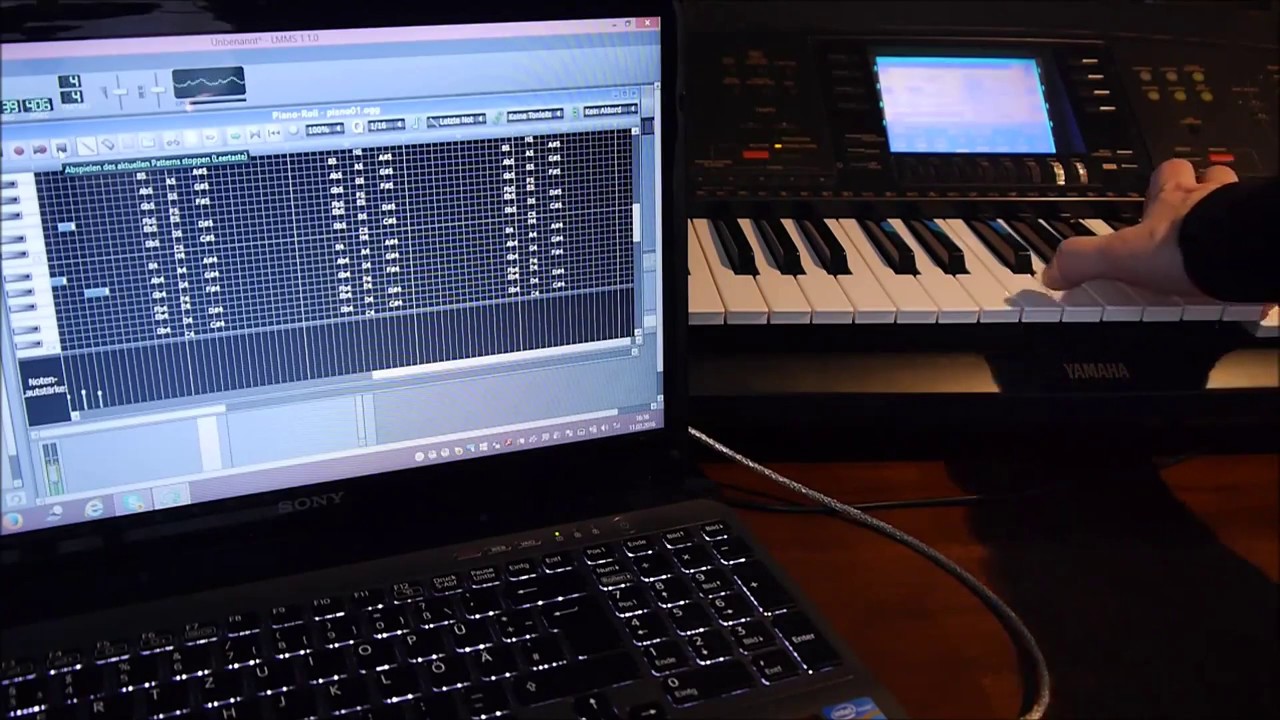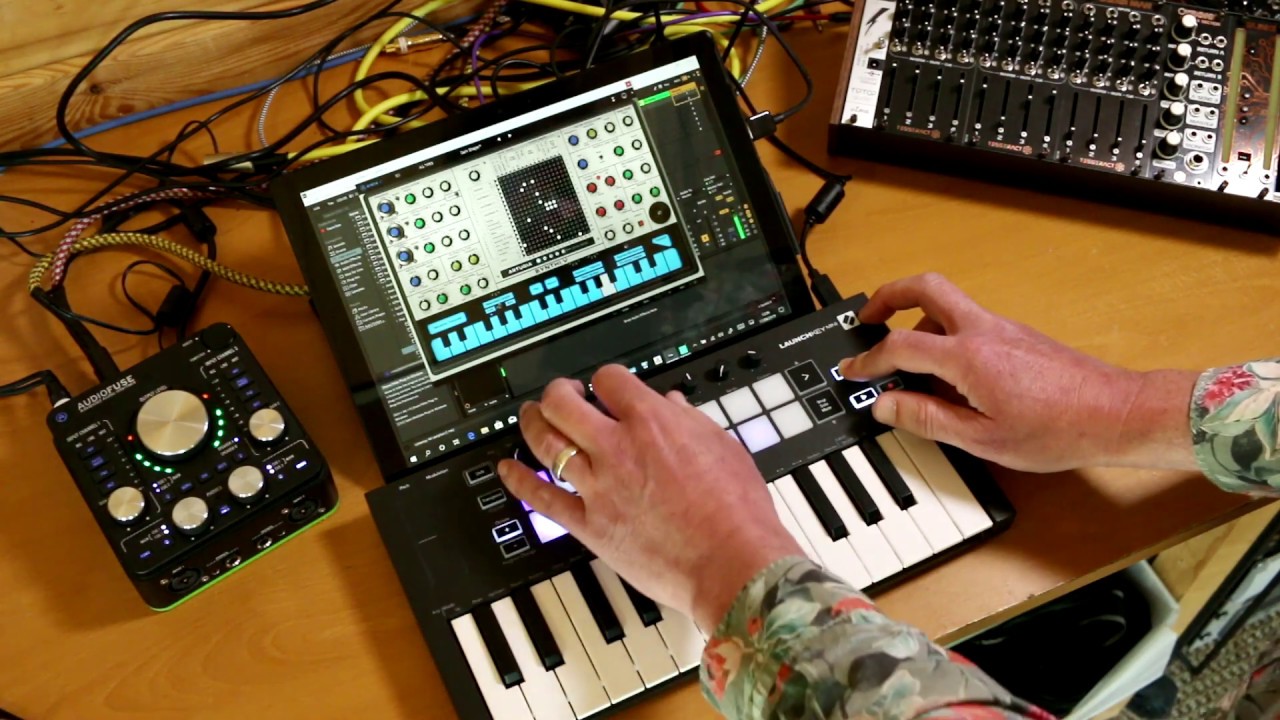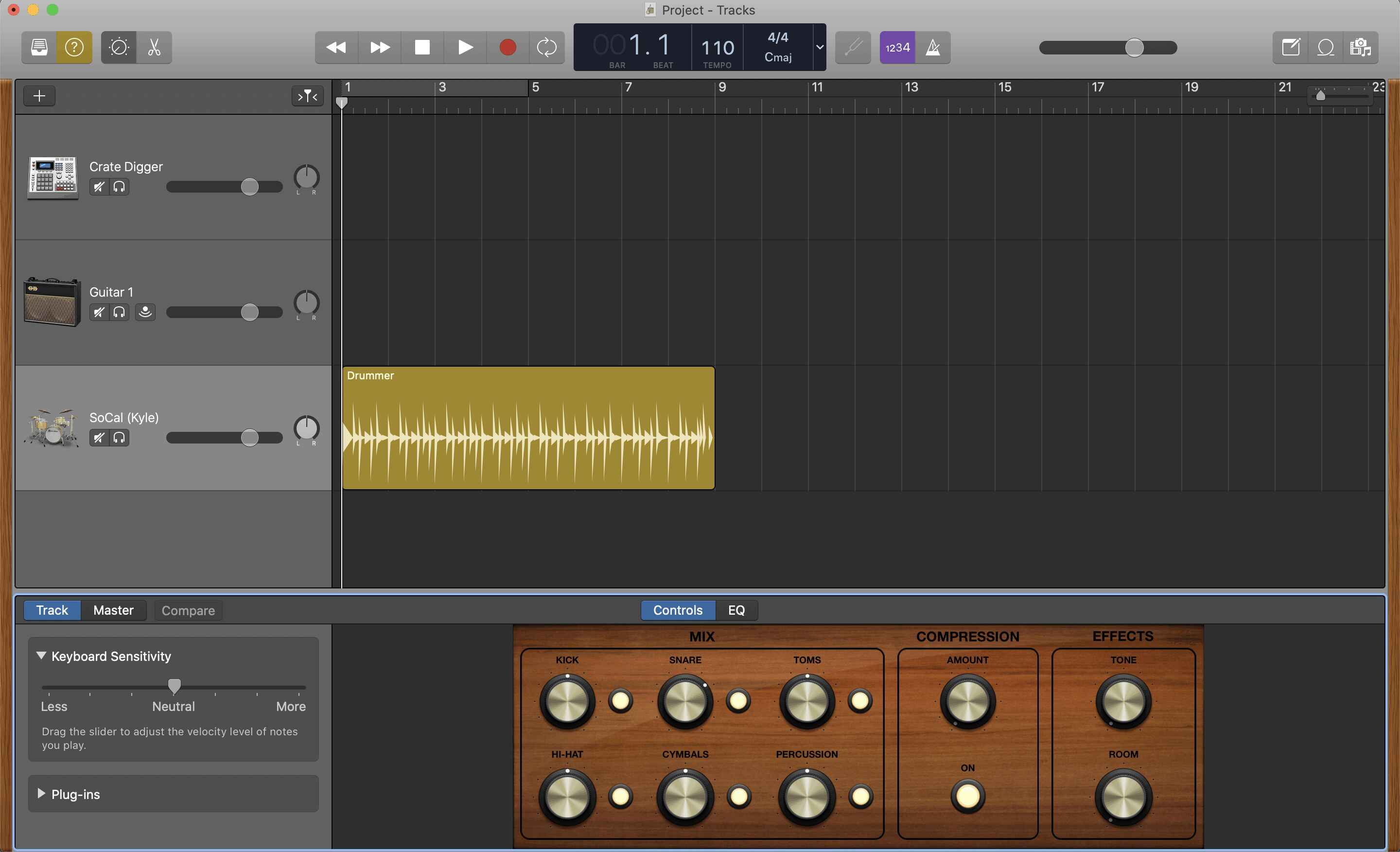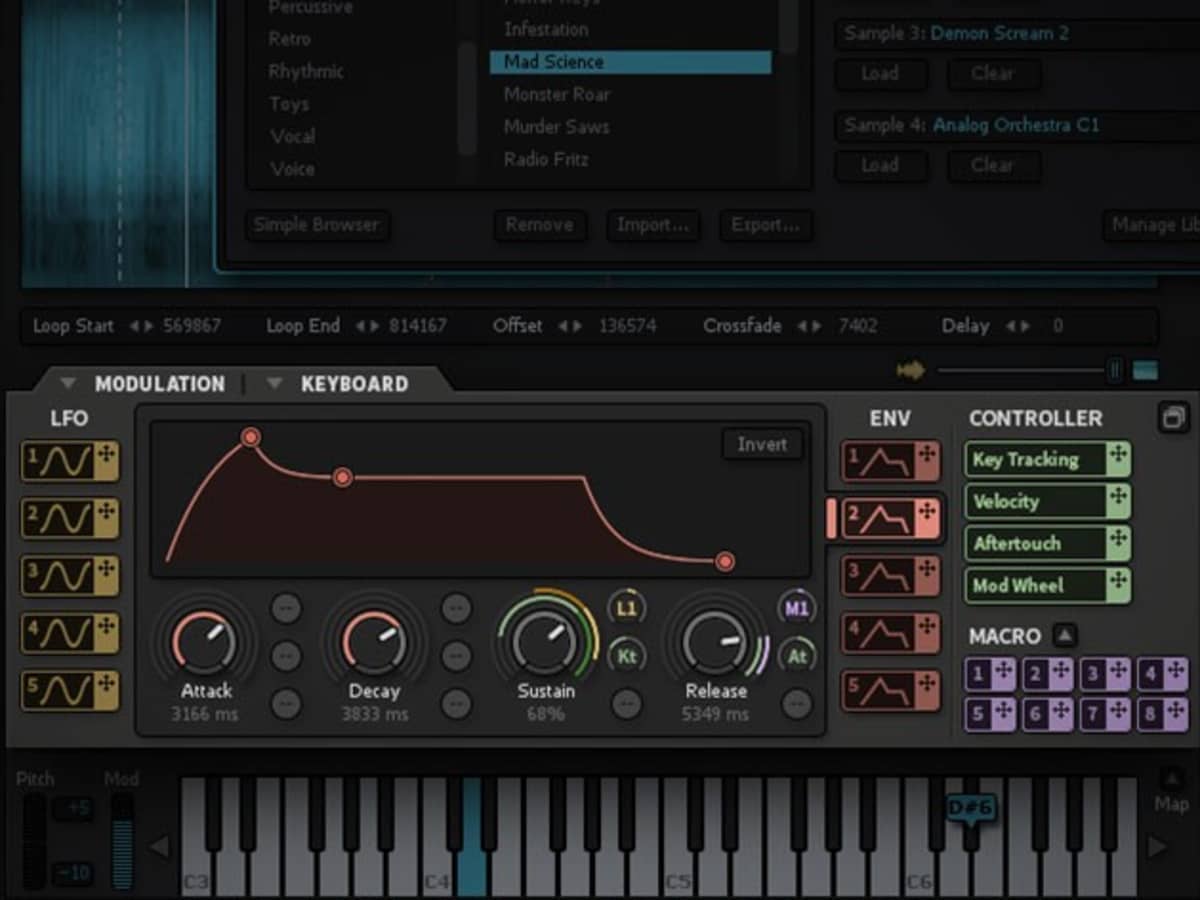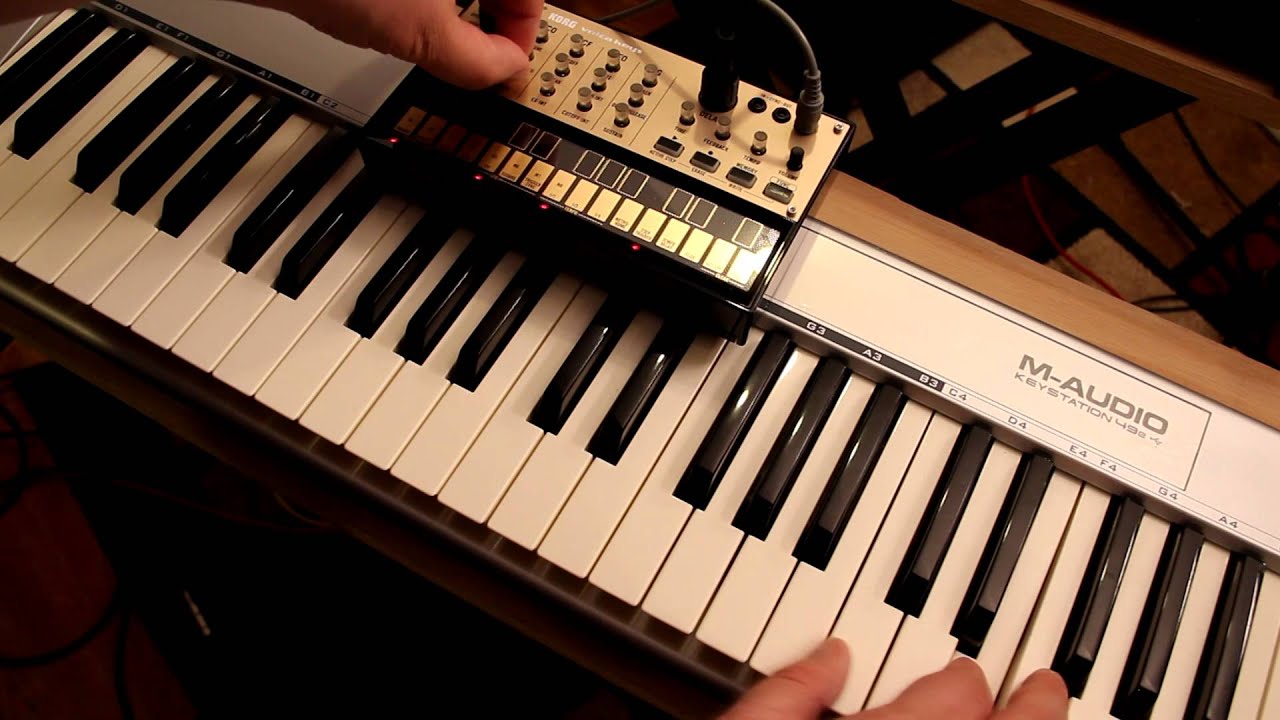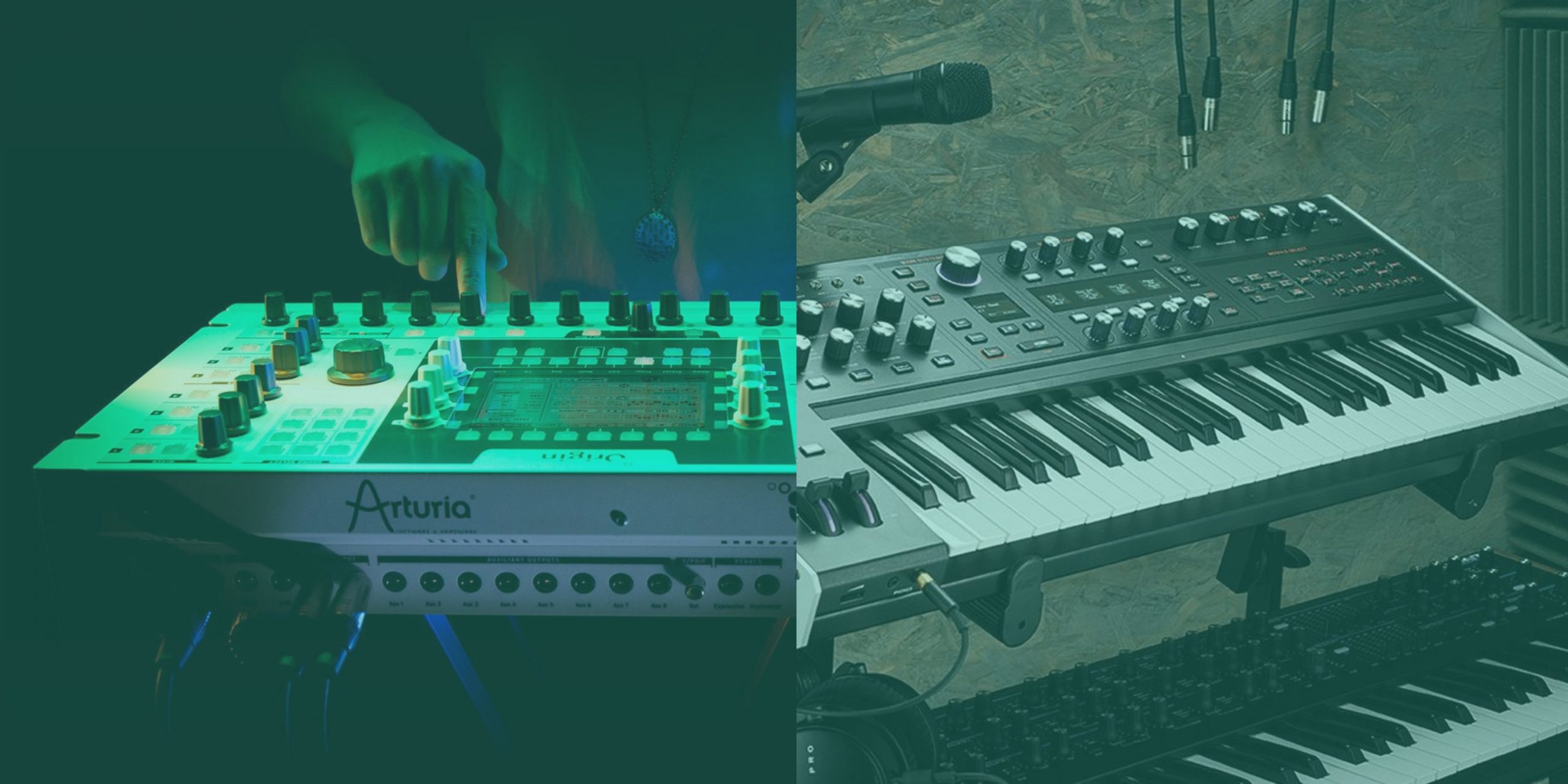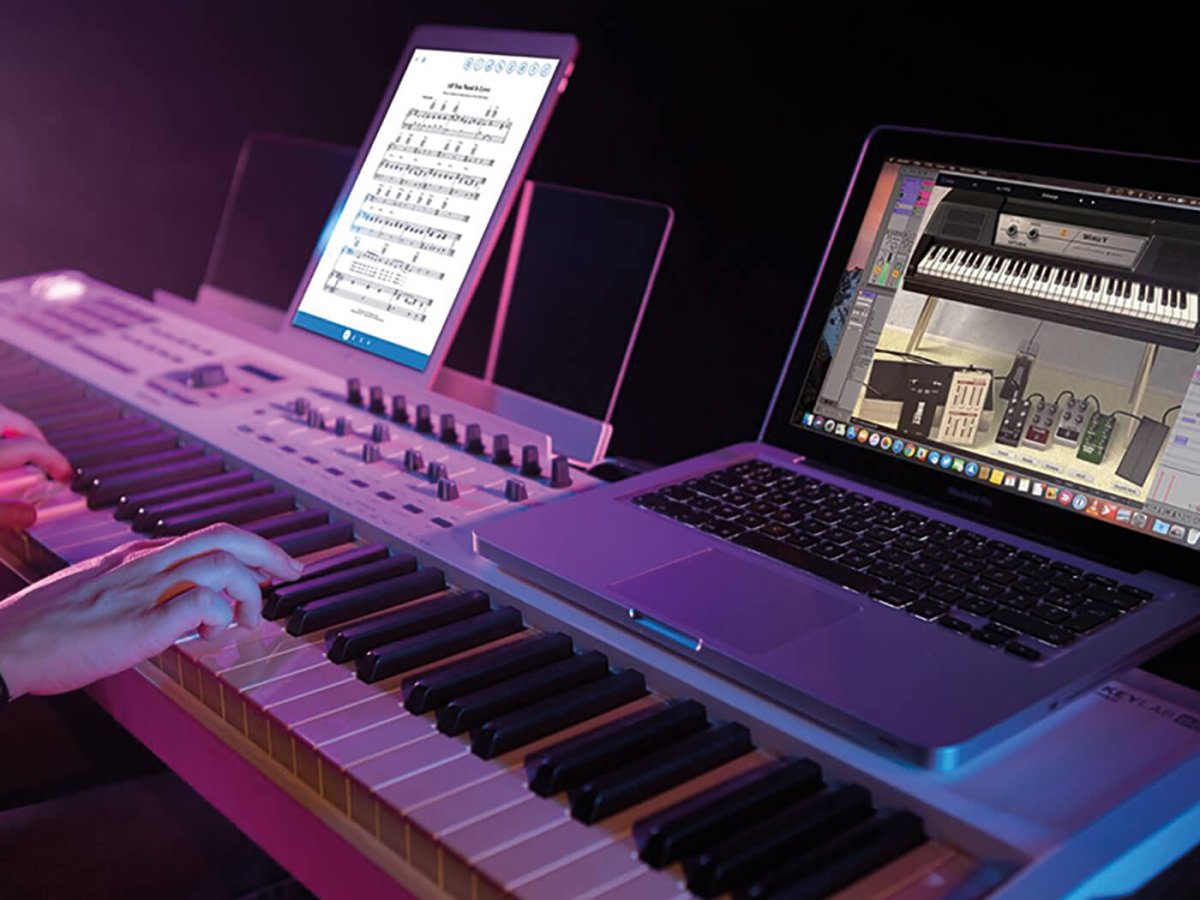Introduction
So, you've decided to delve into the world of music production, and you've got your hands on a MIDI keyboard. Congratulations! This versatile piece of equipment opens up a world of creative possibilities, allowing you to translate your musical ideas into digital form with ease. However, the process of setting up a MIDI keyboard in LMMS (Linux Multimedia Studio) may seem daunting at first, especially if you're new to the realm of digital audio workstations (DAWs). But fear not, as this guide will walk you through the steps to seamlessly integrate your MIDI keyboard with LMMS, empowering you to unleash your musical prowess.
Whether you're a seasoned musician or a budding producer, the ability to harness the power of a MIDI keyboard can significantly enhance your music-making experience. Gone are the days of clicking notes into a piano roll with a mouse; with a MIDI keyboard, you can infuse your compositions with a human touch, expressiveness, and spontaneity. This tactile approach to music creation can breathe life into your productions, making the entire process more intuitive and enjoyable.
In this guide, we'll cover everything you need to know to set up your MIDI keyboard in LMMS. From selecting the right MIDI keyboard for your needs to establishing a seamless connection with your computer and configuring the MIDI input within LMMS, you'll gain a comprehensive understanding of the entire process. By the end of this journey, you'll be equipped with the knowledge and confidence to harness the full potential of your MIDI keyboard within the LMMS environment.
So, without further ado, let's embark on this exciting venture into the realm of MIDI keyboards and LMMS, where creativity knows no bounds. Get ready to unlock a world of musical possibilities as we dive into the intricacies of integrating your MIDI keyboard with LMMS.
Choosing the Right MIDI Keyboard
Before delving into the technical aspects of setting up your MIDI keyboard in LMMS, it’s crucial to ensure that you have the right MIDI keyboard for your specific needs and preferences. The market offers a plethora of options, ranging from compact, portable controllers to full-sized, feature-rich keyboards. Here are some key considerations to keep in mind when selecting the ideal MIDI keyboard:
- Key Count and Action: Determine the number of keys that best suits your playing style and space constraints. Additionally, consider the key action – whether you prefer weighted, semi-weighted, or synth-action keys for a more tactile playing experience.
- Additional Controls: Some MIDI keyboards come equipped with knobs, faders, and pads, offering enhanced control over parameters such as volume, modulation, and triggering of samples. Assess whether these additional controls align with your workflow and production requirements.
- Portability: If you’re frequently on the move or have limited studio space, a compact and lightweight MIDI keyboard may be the ideal choice. However, if you prioritize a more expansive playing surface and advanced features, a larger keyboard might be more suitable.
- Aftertouch and Velocity Sensitivity: Consider whether aftertouch and velocity sensitivity are essential for your expressive playing and nuanced control over sound dynamics. These features can add depth and realism to your performances.
- Integration with LMMS: While most MIDI keyboards are compatible with LMMS, it’s prudent to ensure that the keyboard you choose seamlessly integrates with the software, providing hassle-free plug-and-play functionality or straightforward driver installation.
Ultimately, the right MIDI keyboard is a personal choice that aligns with your musical aspirations, technical requirements, and budget. Whether you opt for a compact, performance-oriented controller or a comprehensive keyboard with an array of features, the key is to find a device that resonates with your creative vision and empowers you to express yourself seamlessly within the LMMS environment.
Connecting the MIDI Keyboard to Your Computer
Once you’ve carefully selected the MIDI keyboard that aligns with your musical and technical requirements, the next step is to establish a seamless connection between the keyboard and your computer. This pivotal link serves as the conduit through which your musical ideas are transmitted to LMMS, enabling you to harness the full potential of your MIDI keyboard. Here’s a step-by-step guide to connecting your MIDI keyboard to your computer:
- USB Connection: The majority of modern MIDI keyboards feature USB connectivity, allowing for a straightforward plug-and-play setup. Simply connect the USB cable from your MIDI keyboard to an available USB port on your computer.
- Driver Installation (if required): In some cases, your computer may prompt you to install specific drivers for the MIDI keyboard. Visit the manufacturer’s website to download the latest drivers compatible with your operating system, and follow the installation instructions to ensure seamless communication between the keyboard and your computer.
- Power Source: Depending on the MIDI keyboard’s design, it may draw power directly from the computer via USB or require an external power source. Ensure that the keyboard is receiving adequate power to function optimally.
- Confirmation of Connection: Once the MIDI keyboard is connected, your computer should recognize it as a MIDI input device. This pivotal step lays the foundation for integrating the keyboard with LMMS, allowing for the transmission of MIDI data from the keyboard to the software.
By following these steps, you’ll establish a robust and reliable connection between your MIDI keyboard and your computer, setting the stage for a seamless integration with LMMS. With this vital link in place, you’re ready to embark on the next phase of the setup process, where we’ll delve into the intricacies of configuring the MIDI input within LMMS to fully harness the expressive capabilities of your MIDI keyboard.
Setting Up the MIDI Keyboard in LMMS
With your MIDI keyboard successfully connected to your computer, the next crucial step is to configure its integration within LMMS. This pivotal process enables LMMS to recognize and respond to the MIDI input from your keyboard, allowing for seamless interaction between the two entities. Here’s a comprehensive guide to setting up your MIDI keyboard in LMMS:
- Launch LMMS: Open LMMS on your computer to initiate the setup process. Ensure that your MIDI keyboard is powered on and connected to the computer via USB before proceeding.
- Access the MIDI Settings: Navigate to the settings or preferences menu within LMMS to locate the MIDI configuration options. Look for the section that pertains to MIDI input and devices.
- Select the MIDI Keyboard: Within the MIDI input settings, you should see a list of available MIDI input devices. Locate and select your MIDI keyboard from the list to designate it as the primary input device for LMMS.
- Verify MIDI Signal Reception: Test the MIDI input by playing a few notes on your keyboard. You should see visual indicators within LMMS, such as MIDI activity lights or note triggers, confirming that the software is successfully receiving MIDI data from your keyboard.
- Assign MIDI Channels (if applicable): If your MIDI keyboard supports multiple MIDI channels, you may have the option to assign specific channels to different instruments or tracks within LMMS. This feature allows for enhanced control and versatility in your music production endeavors.
By following these steps, you’ll establish a seamless connection between your MIDI keyboard and LMMS, paving the way for a harmonious collaboration between your musical input and the software’s capabilities. With the MIDI setup complete, you’re poised to unleash your creativity and bring your musical ideas to life within the dynamic and expressive environment of LMMS.
Configuring MIDI Input in LMMS
After setting up your MIDI keyboard in LMMS, the next step involves configuring the MIDI input to optimize its functionality within the software. This process empowers you to tailor the behavior of your MIDI keyboard, ensuring that it seamlessly integrates with LMMS and aligns with your creative workflow. Here’s a detailed guide to configuring the MIDI input in LMMS:
- Mapping MIDI Controls: LMMS offers the flexibility to map various MIDI controls, such as knobs, faders, and pads on your keyboard, to specific parameters within the software. This customization allows for intuitive manipulation of effects, volume, and other essential elements during music production.
- Assigning MIDI CC (Continuous Controller) Values: If your MIDI keyboard features knobs or sliders that transmit MIDI CC messages, you can assign these values to control parameters within LMMS, offering real-time modulation and expression capabilities.
- Creating MIDI Controller Lanes: In LMMS, you can create dedicated MIDI controller lanes within the piano roll or MIDI editor, enabling precise recording and editing of MIDI controller data from your keyboard, such as pitch bend, modulation, and aftertouch.
- Utilizing Note Expression: Explore LMMS’s note expression capabilities to leverage the nuanced dynamics and articulations offered by your MIDI keyboard. This feature allows for the seamless integration of expressive playing techniques, enriching your compositions with lifelike musical phrasing.
- Exploring MIDI Mapping Templates: LMMS may provide preconfigured MIDI mapping templates for popular MIDI controllers, streamlining the setup process and offering optimized mappings for seamless interaction between your keyboard and the software.
By delving into these configuration options, you’ll unlock the full potential of your MIDI keyboard within LMMS, harnessing its expressive capabilities and enhancing your music production workflow. The tailored integration of your MIDI input with LMMS empowers you to craft dynamic and evocative musical compositions, infusing your creations with a human touch and artistic finesse.
Conclusion
Congratulations on successfully setting up your MIDI keyboard in LMMS! By embarking on this journey, you’ve taken a significant step toward elevating your music production endeavors and infusing your compositions with a newfound level of creativity and expression. The seamless integration of your MIDI keyboard with LMMS opens up a world of possibilities, allowing you to translate your musical ideas into captivating sonic experiences with ease.
As you navigate the intricacies of configuring and optimizing your MIDI input within LMMS, remember that the true essence of this process lies in the liberation of your creative spirit. Your MIDI keyboard serves as a conduit for your musical expression, enabling you to breathe life into your compositions with nuanced dynamics, emotive phrasing, and fluid articulations.
With your MIDI keyboard seamlessly integrated into the LMMS environment, you’re poised to explore new horizons in music production, leveraging the tactile capabilities of your keyboard to craft immersive soundscapes, emotive melodies, and rhythmically engaging compositions. Whether you’re a seasoned producer or an aspiring artist, the fusion of your MIDI keyboard with LMMS empowers you to channel your musical vision into tangible sonic realities.
Embrace the journey ahead with a spirit of curiosity and experimentation, allowing the harmonious interplay between your MIDI keyboard and LMMS to inspire and guide your creative pursuits. The synergy between human touch and digital innovation culminates in a symphony of boundless possibilities, where each keystroke on your MIDI keyboard becomes a brushstroke in the canvas of your musical narrative.
As you embark on this musical odyssey, remember that the integration of your MIDI keyboard with LMMS is not merely a technical endeavor; it’s a convergence of artistry and technology, where your musical intentions converge with the limitless potential of digital creation. Let the seamless union of your MIDI keyboard and LMMS be the catalyst for your sonic explorations, propelling you toward new sonic frontiers and artistic fulfillment.
So, armed with your MIDI keyboard and the boundless capabilities of LMMS, venture forth into the realm of musical expression, where every keystroke ignites a symphony of possibilities, and every note resonates with the essence of your creative vision.







